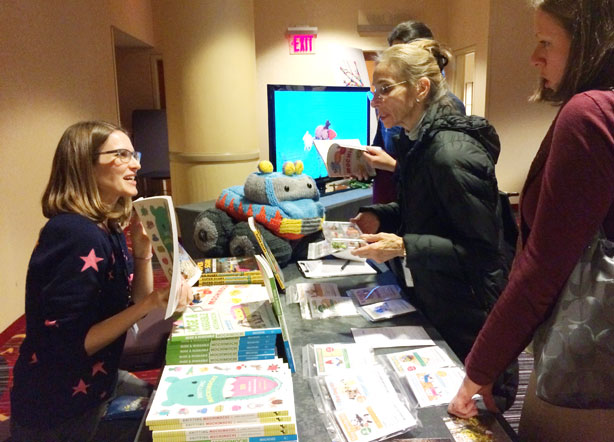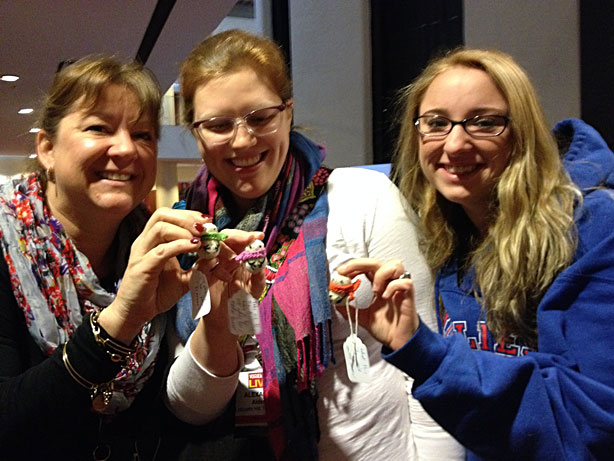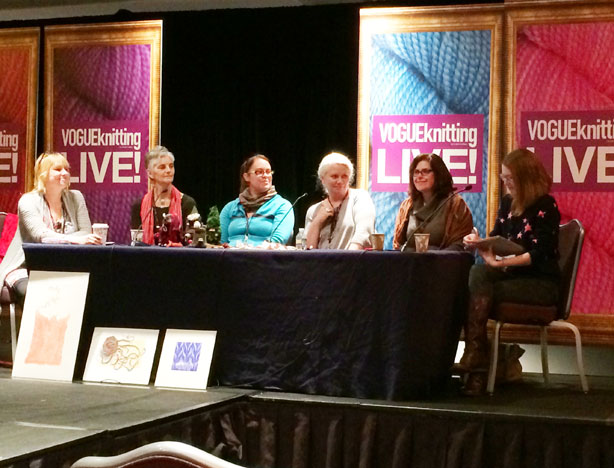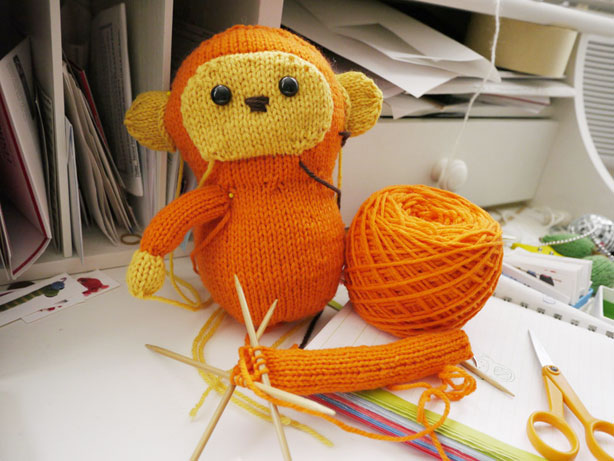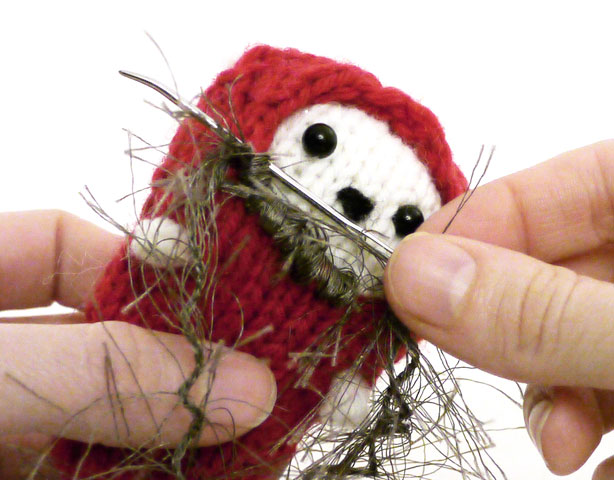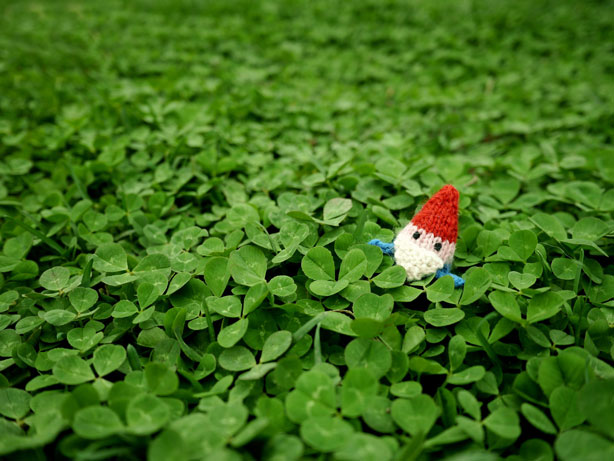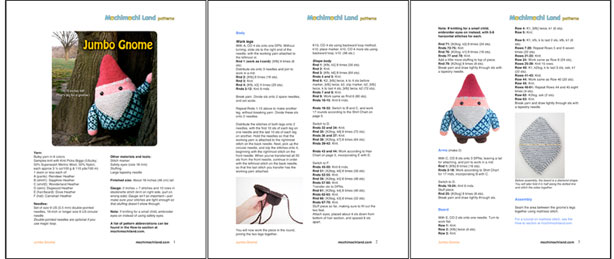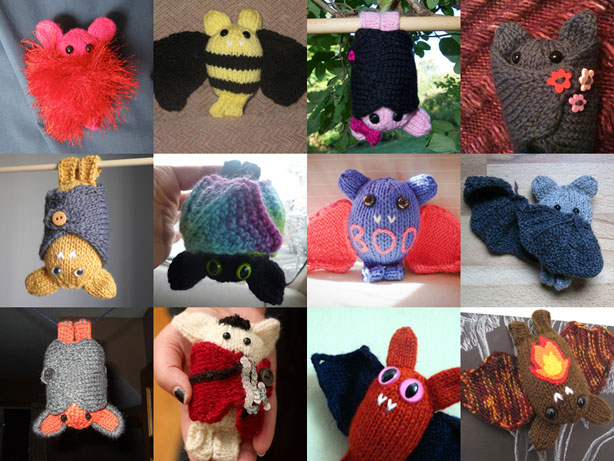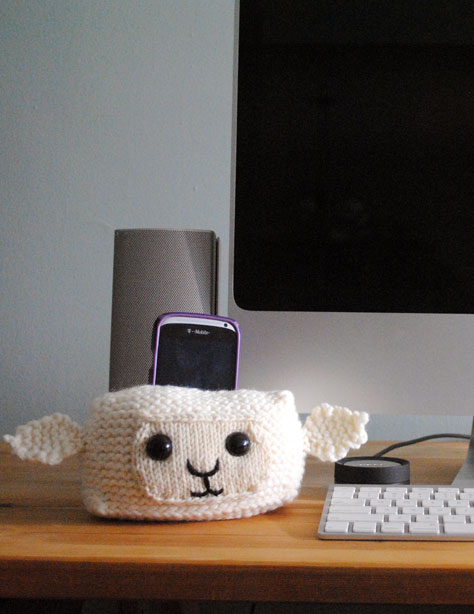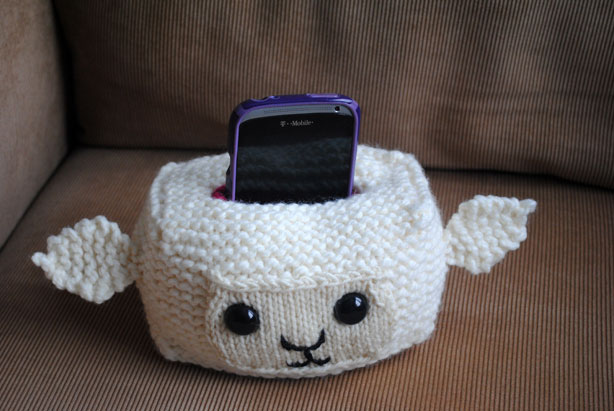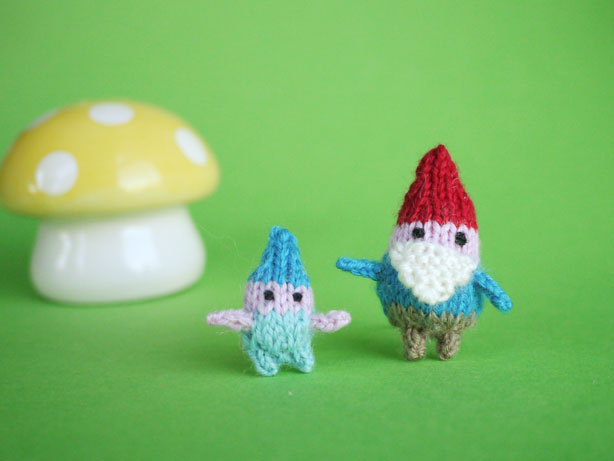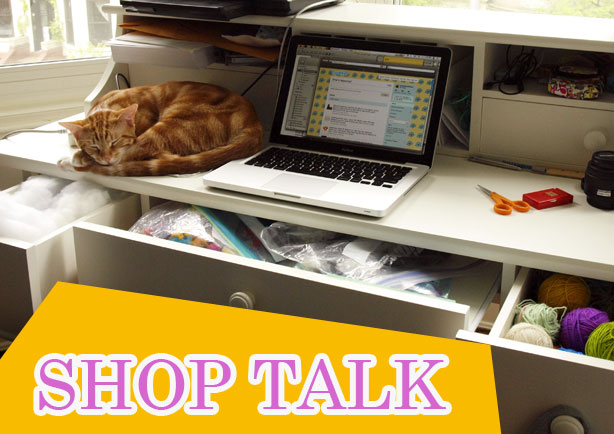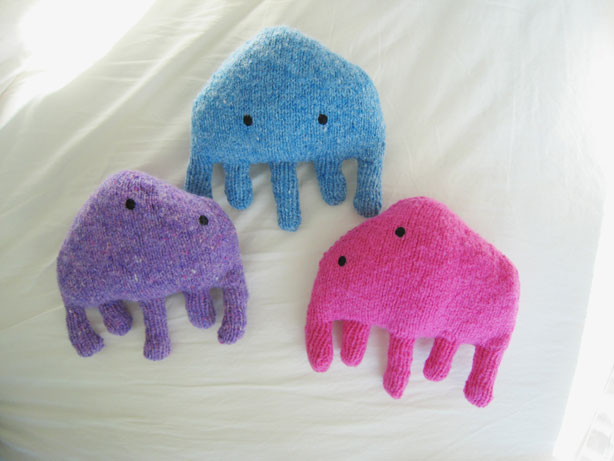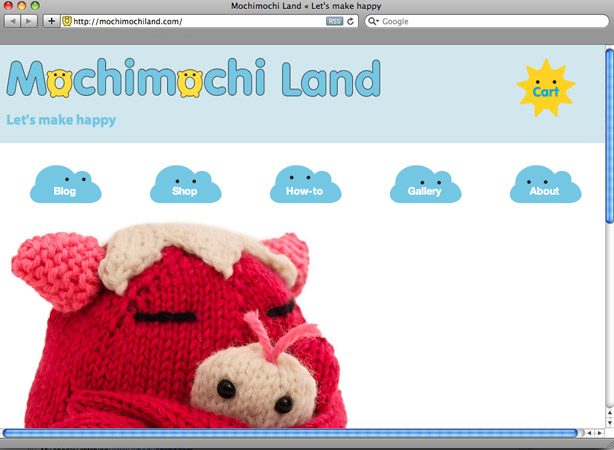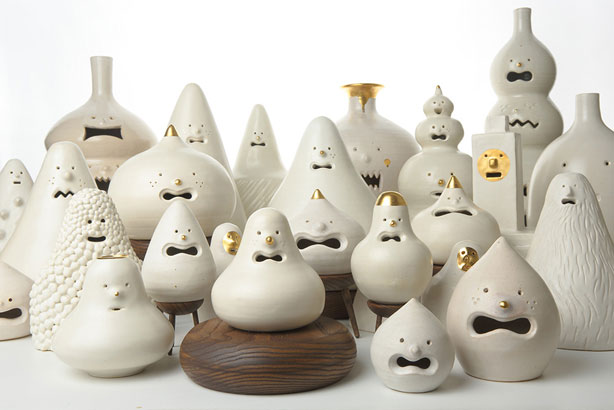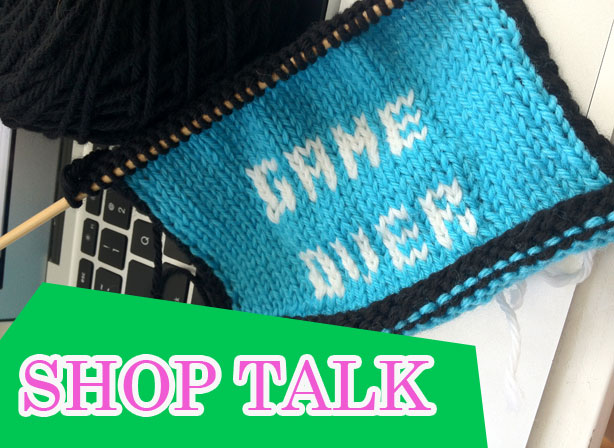
I was going to talk about writing books today—I actually had a post about 80% finished—but then I decided to instead address something that’s going on with me right now: I’m kind of burnt out. The second half of 2013 was so intense with projects, travel, and our move to Chicago, that I had to scrounge up energy from reserves that I didn’t really have, and now I’m paying the price a bit this January. I haven’t melted into a depressive puddle on my couch (although I do happen to be on my couch right now), but I am lacking some of the excitement and creative energy that I rely on to keep going.
This kind of feeling used to make me panic (what if I never want to make something again? Do I have to give up and just get a real job??), but getting burnt out is not the end of the world. It happens to me about once a year after finishing a major project like a manuscript or an art show, this feeling that I’m not terribly excited about much, and the thought of big projects makes me want to get back in bed. It’s not a good feeling, and it FEELS like the kind of feeling that won’t go away, but it always does. It just takes time, and that’s the frustrating part: you can’t force inspiration or excitement.
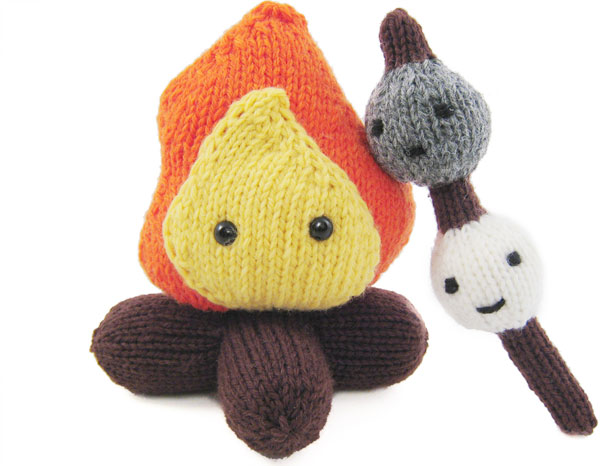
When I was a senior in college, I was accepted into a Fulbright program to study in Japan for the following year. Unlike most Fulbright grants, this one wasn’t for research toward a graduate degree, but just a year of free academic study. (How great is that?!) Because I’d changed majors halfway through college, I was working on my thesis right up through August, and the program started in September. I recall turning in my thesis and feeling giddy about going to Japan. Then when I got to Japan and we were having our orientation for the coming year of study, I realized that I had zero interest in 12 more months in libraries reading about and watching Japanese wartime films. (That was my chosen area for some reason.) We were going around the room talking about what we planned to do with our year, and when it was my turn, I decided to be honest and say that I had just turned in a thesis two weeks before, and I wasn’t really feeling terribly academic right now. To my relief, the program director reassured me that it was common to feel sapped after such a big project and I shouldn’t worry about it—I should just relax and let myself recover. To my surprise, he then said that it could take months, or maybe even a FULL YEAR, to feel inspired again, and that that was OK. (Seriously, how great was this program?!) So I took him at his word and signed up for flower arrangement classes. And eventually I was motivated to write a big paper about leftist filmmaking in the 1920s, or something.
Academia turned out not to be my life’s passion, but I know that I’m passionate about making things with my hands and creating characters and stories. I’ve been doing this long enough that I no longer question whether I’m cut out for the job that I do, and it’s OK to just let myself enjoy other things for a bit. I stayed a little longer than usual in my pottery class the other day, and I’m planning to go in for some extra studio time soon. This is also a good time for me to catch up on some of the more mindless tasks that come with my job: winding yarn for kits, updating my mailing list, etc. I am also continuing to work on designs (I’m looking at YOU, unnamed arcade toy), but maybe I don’t have to write an entire book chapter this week if it makes my head hurt to think about.
My aim with this post is not to complain, but to get my thoughts down so that I can eventually move on. And I also think that, while the creative parts of the internet can be inspiring, they can also make us feel like if we’re not being inspired every second of our lives, there’s something wrong with us. Not true! Downtime is part of the creative process. Let it be. Maybe go to a museum, or take up flower arrangement.
Previous posts in this series:

